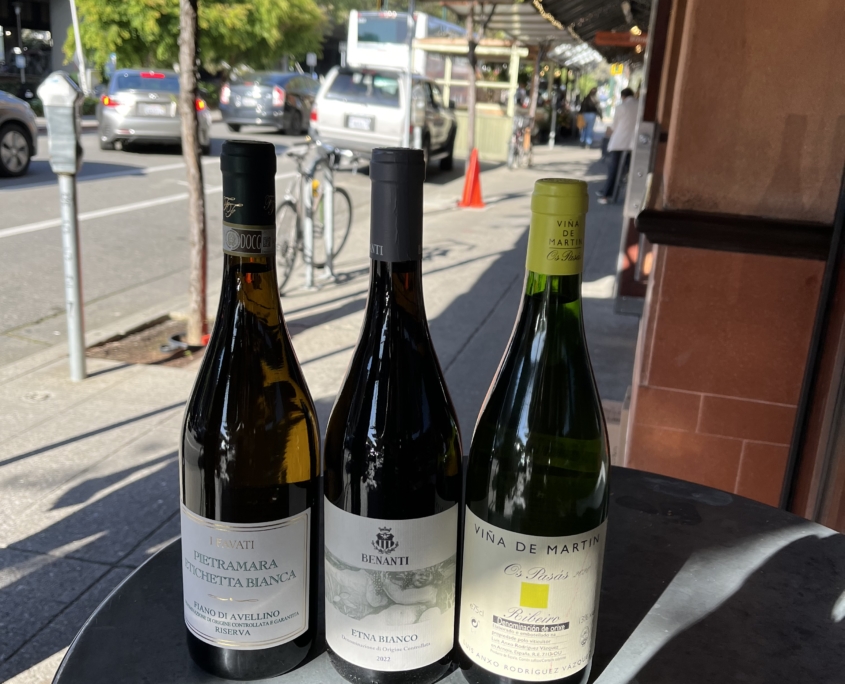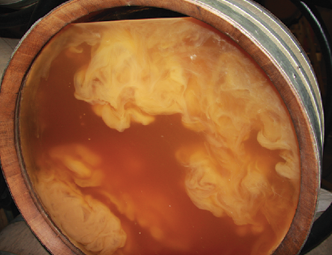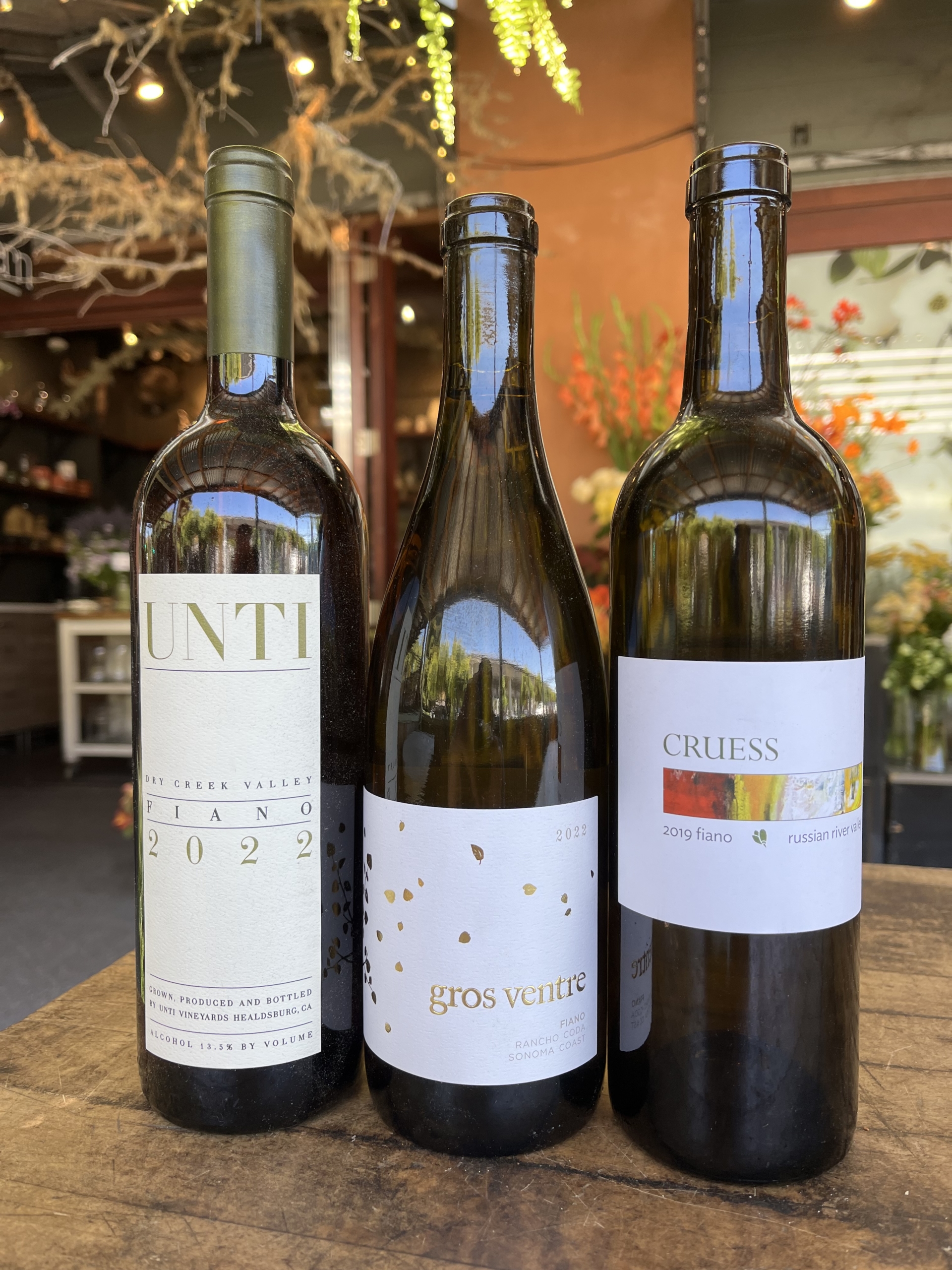According to some, there are two kinds of people in the world: those who wonder “how it works” and those who ponder “what it does.” The “it” could be a tool or a machine or a process. Put another way, some folks focus on how a final product is achieved while others focus on the various characteristics of the final product itself.
Since I’ve always been more of a “what does it do” guy than a “how does it work” guy, I will mostly sidestep the chemistry aspect of lees aging (proteins and enzymes and the like) and turn our attention to the final product. How does lees aging affect the wine in your bottle?
 Lees aging is a winemaking regimen in which the juice is not cleared of its fermentation residue. After the yeast is introduced and the process of fermentation–converting sugar to alcohol–is complete, the dead yeast (lees) sinks to the bottom of the vat or barrel. At that point, the winemaker might decide to leave the juice in contact with this milky byproduct for an extended period. Depending on how much lees influence is sought, the juice can be stirred (a process called bâtonnage) to increase its effect.
Lees aging is a winemaking regimen in which the juice is not cleared of its fermentation residue. After the yeast is introduced and the process of fermentation–converting sugar to alcohol–is complete, the dead yeast (lees) sinks to the bottom of the vat or barrel. At that point, the winemaker might decide to leave the juice in contact with this milky byproduct for an extended period. Depending on how much lees influence is sought, the juice can be stirred (a process called bâtonnage) to increase its effect.
For starters, lees contact will give the wine richness, depth, and warmth. It helps to smooth a wine’s rougher edges while adding complexity and breadth to the flavors and aromas. Lees aging might also help stabilize a wine by helping to fend off oxidation. Producers of “serious” wines from Champagne and Burgundy have traditionally relied on lees aging, but so have makers of sleeker, mineral-driven wines such as Muscadet and Galician albariño.
To me, there is a certain sweet spot when it comes to lees aging–when the technique takes place in stainless-steel tanks. The combination of stainless steel and lees contact gives a wine creaminess and texture without sacrificing acidity. It creates wines that are fleshy but still fresh, and it lends the wine a bit of weight and gravity while maintaining expressive, bright fruit. It offers some characteristics associated with wood aging, but with a more restrained touch.
I find that wines made in this style are often perfect for rich, shellfish-based dishes. At Paul Marcus Wines, we offer a wide range of white wines made in this steel-plus-lees style that are worth discovering, including three of particular note:
2019 I Favati Fiano di Avellino – Pietramara Etichetta Bianca
Fiano from the hills of Campania is perhaps the most esteemed white grape in all of Italy, and this multifaceted bottling offers ample proof why–especially when accompanying casarecce with rock shrimp in a spicy tomato-cream sauce.
2022 Benanti Etna Bianco

Made with 100 percent carricante from the eastern and southern slopes of Sicily’s Mt. Etna, this bright, gently smoky, beautifully balanced wine will shine alongside brinier dishes such as steamed clams and mussels in a lemon and white wine broth.
2020 Luis Rodriguez Ribeiro – Os Pasás
Predominantly treixadura, and filled out with small amounts of albariño, torrontés, and lado, this Galician stunner would pair well with gambas al ajillo (garlic shrimp) atop buttery white beans.
These three wines seem to have much in common: distinct minerality, lovely texture, and a subtle tropical vibe–melon and mango and such–along with a cleansing salinity. We are talking about dynamic, age-worthy whites that are much more complex and stimulating than your run-of-the-mill Sancerre and half the price of a comparable white Burgundy. As summer approaches and shellfish season begins, it’s the perfect time to get to know these charming white wines.

 Yet, if you’re set on trying something different, you should try fiano. The fiano grape (fee-ah-no) is native to southern Italy, with Campania being the epicenter. The story goes like this: Romans named it Apianum, “loved by bees,” and bees aren’t dumb. Fiano tends towards small berries and intense but not plentiful juice. The smaller quantity means that quality needs to be high to justify the labor.
Yet, if you’re set on trying something different, you should try fiano. The fiano grape (fee-ah-no) is native to southern Italy, with Campania being the epicenter. The story goes like this: Romans named it Apianum, “loved by bees,” and bees aren’t dumb. Fiano tends towards small berries and intense but not plentiful juice. The smaller quantity means that quality needs to be high to justify the labor.